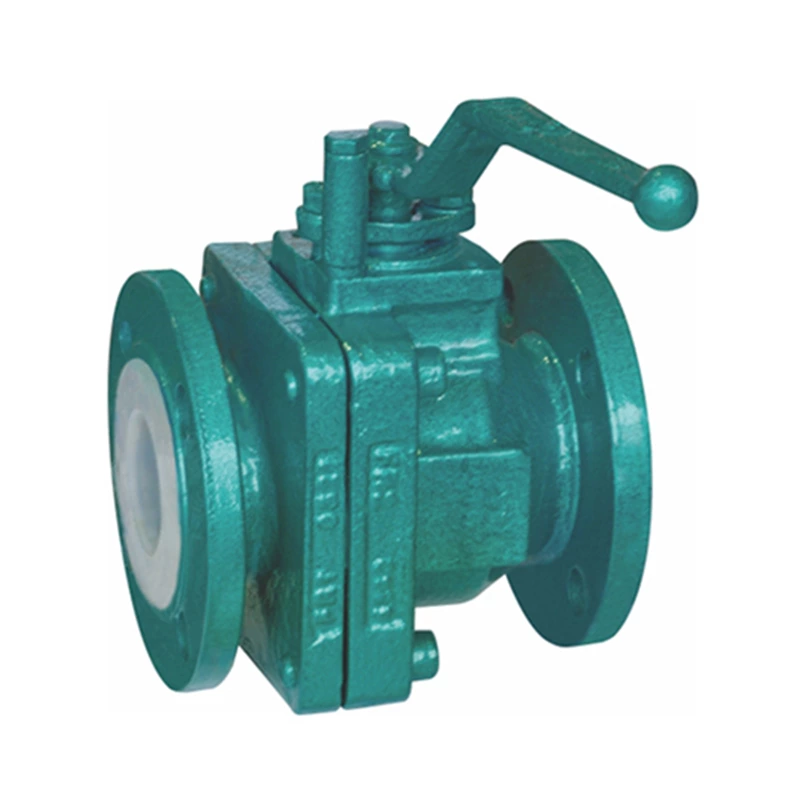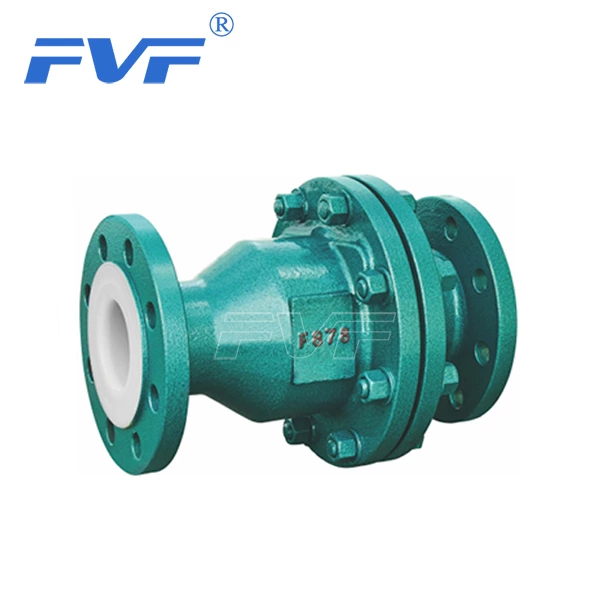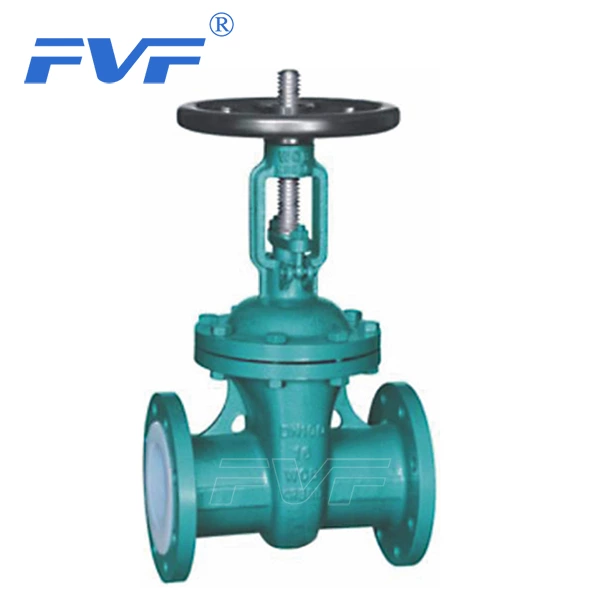Ptfe Lined Valve Process Flow
Lined Valve is a special valve for handling corrosive media, lined with polytetrafluoroethylene (PTFE for short). This material has strong corrosion resistance, so it is widely used in chemical, pharmaceutical and other fields that require high corrosion resistance. Next, let's take a look at the process flow of PTFE lined valves.
1. Design stage
The manufacture of PTFE lined valves starts with design. At this stage, engineers will determine the specifications, dimensions, operating temperature and pressure range of the valve according to the specific needs of the customer. Although PTFE materials are highly corrosion-resistant, they are not resistant to high temperatures, so temperature parameters are particularly important.
2. Valve body casting
After the design is completed, the metal body of the valve will be cast. Commonly used materials are cast iron, stainless steel or carbon steel, and the specific choice depends on the requirements of the medium being processed. This step requires ensuring that the surface of the valve body is smooth so that the subsequent PTFE lining process can proceed smoothly.
3. Surface treatment
Before lining PTFE, the metal surface inside the valve body needs to be treated. Sandblasting is usually used to clean the oxide layer and impurities on the surface and increase the surface roughness. This helps the subsequent adhesion of PTFE materials, ensuring that the lining is tighter and less likely to fall off.
4. PTFE lining
The next step is the key PTFE lining process. There are two common processing methods for PTFE materials: molded lining and hot melt lining. Molded lining is to put PTFE powder into a mold, heat and apply pressure to form a uniform lining; while hot melt lining is to heat and soften the PTFE material and directly adhere it to the inner wall of the valve body. Different process methods depend on the type and size of the valve.
5. Processing and assembly
After the PTFE lining is completed, the other parts of the valve will be processed and assembled. This includes the installation of accessories such as valve stems and seals. PTFE-lined valves usually need to pay special attention to sealing, because once the sealing is poor, corrosive media may directly affect the metal valve body.
6. Quality inspection
After the valve is assembled, strict quality inspection must be carried out. The first is the integrity inspection of the lining to ensure that the PTFE material is evenly distributed on the surface of the valve body without bubbles or cracks. Secondly, the valve needs to be pressure tested to check its sealing and strength to ensure that there will be no leakage under working conditions.
7. Packaging and delivery
After all the tests and quality control, the valves will be cleaned and packaged for delivery. When packaging, special attention should be paid to avoid damage to the surface of the PTFE lining, because although this material is corrosion-resistant, if it is scratched during transportation, it may affect its service life.
In general, the process of PTFE lining valves from design to delivery requires close cooperation of multiple links, and each step is crucial to ensure that the product can operate reliably under harsh working conditions.






